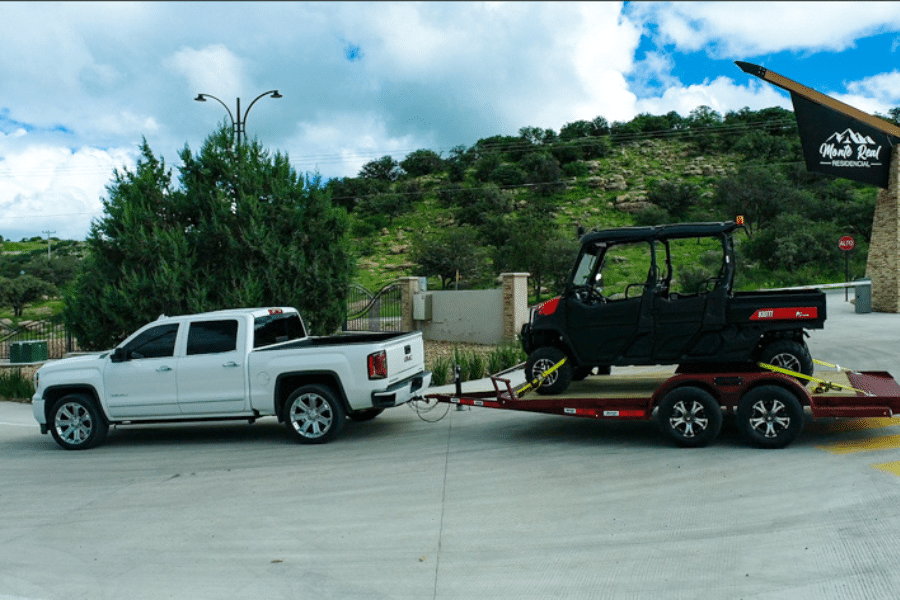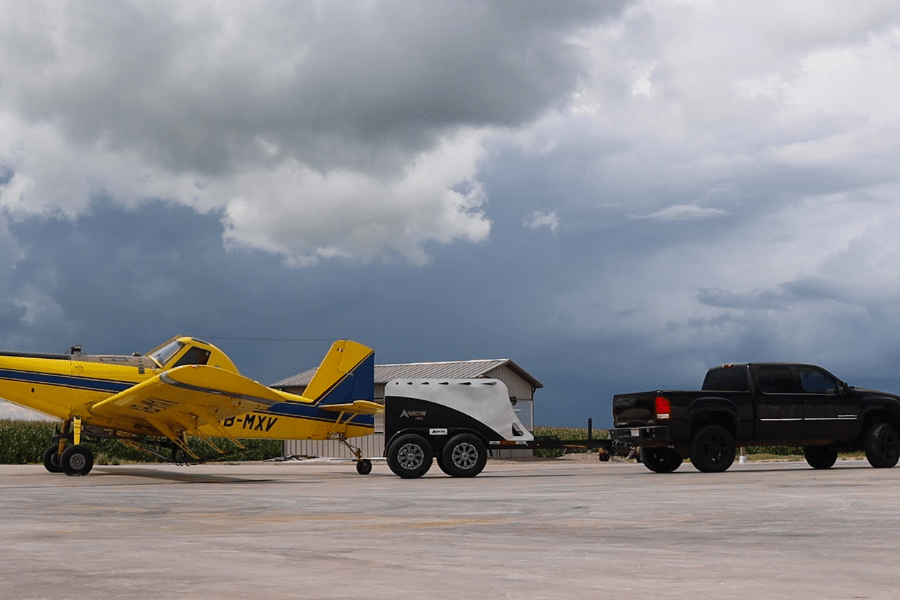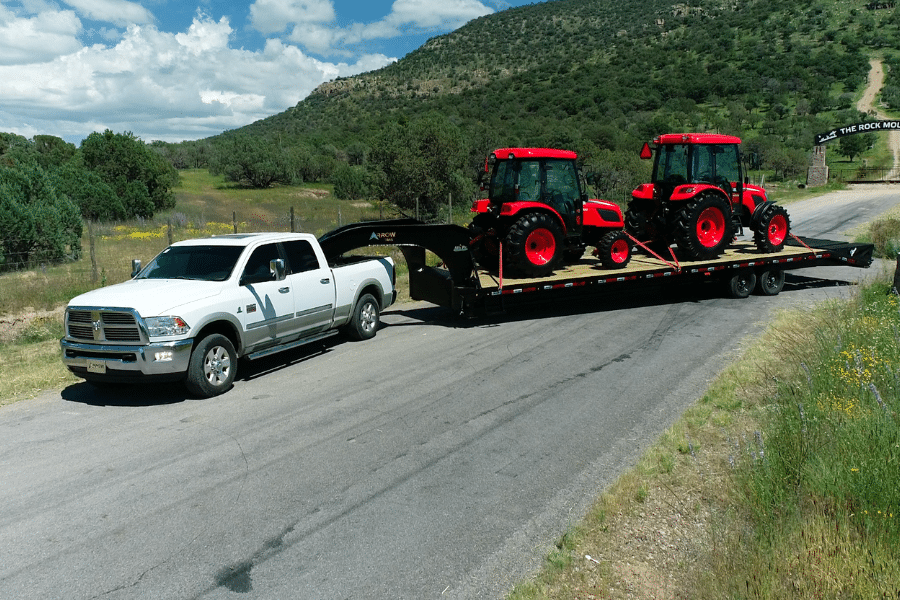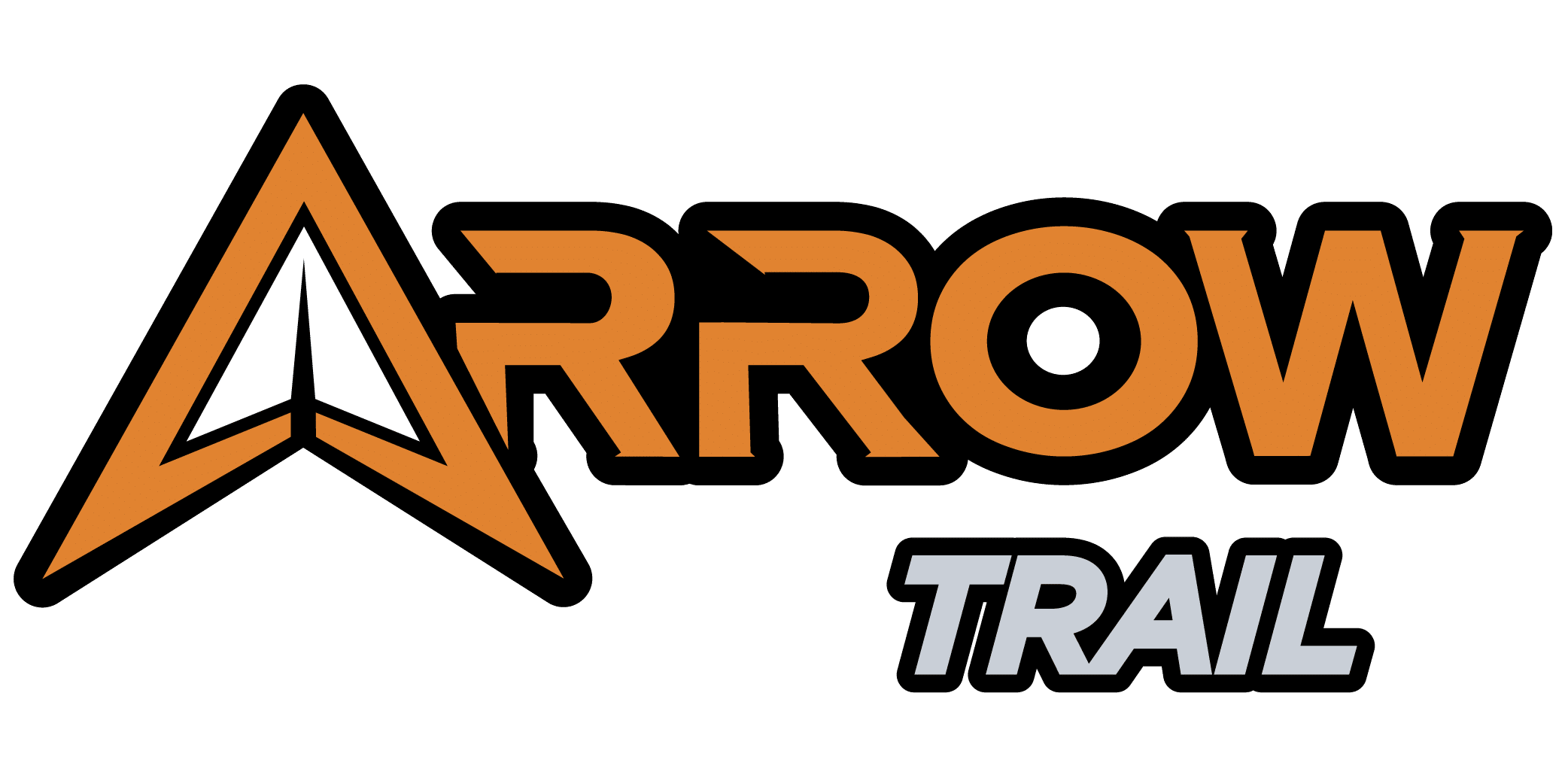What Are California’s Trailer Laws?

Before buying a trailer, it’s important to make sure it meets California’s legal requirements. Like passenger vehicles, trailers must comply with state laws governing size, weight, braking systems, lighting, and other safety standards. In this guide, we’ll cover everything you need to know to ensure your trailer is road-ready and fully compliant with California regulations.
What is a California Legal Trailer?

A “California legal trailer” meets the state’s size, dimension, and equipment standards for street use. Below, we’ll outline the key requirements to help you determine whether your trailer is road-ready in California.
Maximum Size & Weight Limits
- Maximum Length: 40 feet on its own
- Maximum Height: 14 feet
- Maximum Width: 8 feet 6 inches or 102 inches
- Maximum Weight: This largely depends on the type of hitch and towing vehicle. Your towing setup should not exceed the Gross Vehicle Weight Rating (GVWR) and Gross Combined Weight Rating (GCWR) specified for your vehicle and trailer.
To better understand trailer weight requirements, read our comprehensive guide on trailer weight. If you have specific questions or want to ensure full compliance with applicable regulations, contact the California Department of Transportation.
If you’re searching for a trailer that complies with height, weight, width, and length requirements, download one of the spec sheets for any of our trailers, where you’ll find all that information laid out, so you can ensure compliance.
Lighting & Visibility Requirements
In California, trailers must be equipped with reflectors, tail lights, brake lights, and license plate lights. Turn signal lights are also required if the towing vehicle’s signals are not visible. Trailers wider than 80 inches must have clearance lights as well. Be sure to inspect your trailer regularly to ensure all lights are functioning properly.
Brake System Requirements
In California, the braking system requirements vary depending on the weight of your trailer:
| Trailer Weight | Brake Requirements |
| <1,500 lbs | Brakes not required |
| 1,500 to 3,000 lbs | Brakes are required on at least one axle & there must be a breakaway system |
| 3,000 lbs+ | Brakes required on all wheels & must feature a breakaway system |
A breakaway system is required for trailers over 1,500 pounds to automatically apply the brakes if the trailer becomes detached from the tow vehicle. Additionally, installing an emergency brake system as a backup is recommended in case the primary brakes fail.
Hitch, Safety Chains, and Coupling Devices
There are several requirements as well as guidelines for the hitch, safety chains, and coupling device on your trailer, including:
- Hitch Requirements:
- No requirements for type of hitch, but you can learn more about which is best for your trailer in our trailer hitch guide
- Load-distributing hitches are required or recommended for heavier trailers
- Sway control is also recommended, but not required
- Safety Chain Requirements: Legally required for all trailers except fifth-wheels
- Coupling Device Requirements:
- Must be securely latched onto the ball
- Must be regularly inspected
- The pin securing the ball mount to the hitch receiver must be intact
- If it has spring bar hinges, they must be tight and clipped in place
- The breakaway switch must be on trailers over 1,500 pounds & must be wired to a trailer-mounted battery and connected via cable to a fixed point on the tow vehicle
License Plate & VIN Standards
License Plate
- License plates are required for all trailers in California.
- Plates must measure 12 inches by 6 inches.
If you have questions about trailer license plate requirements, contact the California Department of Motor Vehicles (DMV).
VIN
A Vehicle Identification Number (VIN) is required for all trailers, but the agency that assigns it depends on specific factors:
The California DMV assigns the VIN if:
- The trailer does not already have a VIN
- The trailer is being registered for the first time
- The trailer’s unladen weight is under 6,000 pounds
- It is not a logging dolly or auxiliary dolly
The California Highway Patrol (CHP) assigns the VIN if:
- The trailer is a commercial trailer with an unladen weight of 6,000 pounds or more
- It is a logging dolly or auxiliary dolly
- The trailer’s identity cannot be confirmed, or the existing VIN is missing, altered, or tampered with
Title
A title is not required if the trailer is registered under the Permanent Trailer Identification (PTI) program and you are not financing it.
However, a title is required if:
- The trailer is being financed (i.e., there is a lienholder), or
- The trailer is not registered under PTI.
Registration
California offers two trailer registration options: a Permanent Trailer Identification (PTI) program and standard trailer registration. The PTI program is designed to simplify the process for trailer owners by reducing paperwork and recurring fees. Let’s take a closer look at each option:
California Permanent Trailer Identification (PTI):
The PTI program allows most trailer owners to avoid annual registration requirements. Instead, the DMV collects a one-time PTI fee and issues a permanent license plate and identification card, valid indefinitely as long as the following conditions are met:
- A maintenance service fee is paid every five years,
Or a Planned Non-Operation Certification (PNO) is filed - No annual registration sticker is issued or required
PTI Covers:
- Most trailers, except:
- Trailer coaches
- Park trailers
- Trailer coaches
To Apply:
- No weight certificate is required
(You may self-certify the unladen weight using REG 397 or REG 256) - Submit a completed PTI Certification (REG 4017) form
Annual Trailer Registration:
- This does require annual fees and registration stickers
- A weight certificate is required
- You must submit an application for title or registration (REG 343)
- You need proof of ownership and a VIN
- You may need to certify other trailer requirements as outlined above
All trailers except trailer coaches and fifth wheels should be registered under the Permanent Trailer Identification program.
Trailer Axle Laws
There are certain weight limits you must meet depending on the axle configuration of your trailer, which includes:
| Number of Axles | Maximum Weight (Per Axle) |
| Single Axle | 18,000 pounds |
| Tandem Axle | 24,000 pounds |
| Multiple Axle | Depends on the distance between axles |
If you’re operating a trailer with multiple axles and would like to certify compliance, contact the California Department of Transportation or visit their page on trailer axle limitations.
What are the Laws for Towing a Trailer in California?

When towing a trailer, it’s not enough for the trailer to meet size and equipment standards—you must also operate it in a way that ensures safety for everyone on the road. California law outlines several key rules for safe and legal trailer towing:
Speed Limits
Trailers on California highways must not exceed 55 miles per hour, regardless of the posted speed limit. This lower limit helps reduce trailer sway and maintain overall vehicle stability.
Lane Restrictions
Vehicles towing trailers are generally required to travel in the rightmost lane, except when passing. This rule exists because trailers are subject to lower speed limits than other traffic.
Maximum Towing Length
The combined length of the towing vehicle and trailer must not exceed 75 feet. This differs from the standalone trailer length limit of 40 feet, which applies to the trailer itself.
Mirror and Visibility Requirements
If your trailer is wider than your tow vehicle, you may need extended side mirrors in addition to the factory-installed ones. These mirrors must provide a clear view of at least 200 feet behind the rear of the vehicle. Your trailer must also meet all previously outlined lighting, signaling, and visibility requirements.
Do You Need a License for a Trailer in California?
Yes, but the type of license required depends on the Gross Vehicle Weight Rating (GVWR) of the trailer you plan to tow. If the GVWR exceeds certain thresholds, a Commercial Driver’s License (CDL) or a restricted Class A license may be required instead of a standard Class C license.
Below is a summary of license requirements based on your trailer’s GVWR and towing configuration:
| License Type | When Required |
| Class A CDL (commercial or noncommercial) | Towing a trailer >10,000 pounds & GCWR of 26,000 pounds |
| Restricted Class A (personal/recreational use only) | Trailer coach >10,000 pounds or fifth-wheel >15,000 pounds |
| Class B CDL | Single vehicle>26,000 pounds or trailer </= to 10,00 pounds |
| Class C DL (personal use only) | Trailer </= to 10,000 pounds or fifth-wheel 10,001-15,000 pounds |
| Restricted Class A (Agricultural Use) | Livestock trailer 10,001-15,000 pounds |
What are the Laws for Utility Trailers in California?

California’s utility trailer laws are similar to those described above. A utility trailer is defined as a trailer used strictly for personal purposes and with a gross weight of 10,000 pounds or less. If the trailer is used commercially or exceeds this weight, it no longer qualifies as a utility trailer and must comply with a different set of legal requirements.
Find A Trailer That Meets California’s Legal Standards

Now that you know what qualifies as a “California Legal Trailer,” you can begin your search. Below, we’ll break down the key requirements and explain how to find a trailer that meets them.
What To Look For in a Compliant Trailer
In California, your trailer must meet the following requirements:
- Maximum Length: 40 feet on its own
- Maximum Height: 14 feet
- Maximum Width: 8 feet 6 inches
- Must be registered under the Permanent Trailer Identification (PTI) program
- Must have a 12” by 6” License Plate
- Proper lighting and reflectors in working condition
- Safety chains or breakaway brakes, depending on weight
- Axles and tires rated for the intended load
- A hitch that’s compatible with your towing vehicle
- And other requirements as covered above
If you need help finding a trailer, check out our comprehensive guide on choosing the right trailer.
Browse Legal Trailer Options
Below are some trailers that meet the requirements outlined by the state of California:
Get Expert Help Before You Buy
If you need help ensuring your trailer complies with California state laws, contact our local dealer, Portillo’s Trailer Sales in Rialto. Their team can answer any compliance-related questions and guide you through the requirements. They also stock Arrow Trail trailers, designed with legal compliance in mind. Download a trailer spec sheet for detailed specifications, including outline height, width, length, axle configuration, lighting, braking systems, and more.





